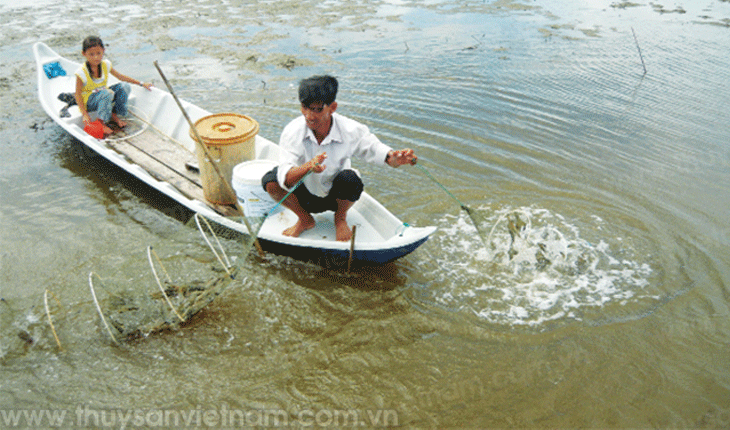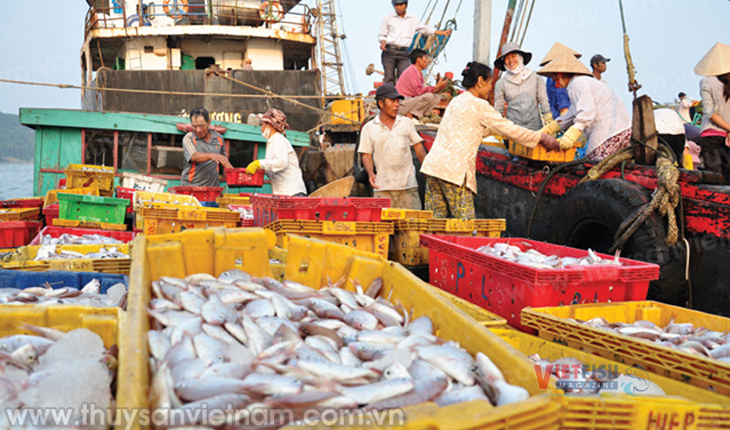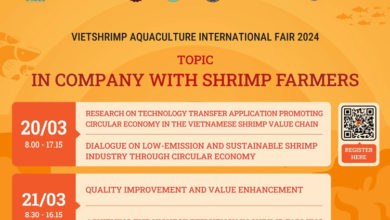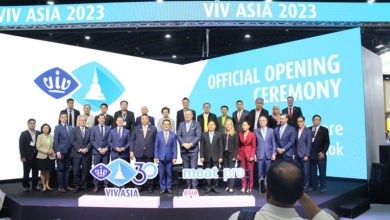Seafood exports target USD 16 billion
Vietnamese seafood has established a presence in over 170 countries and territories, with shrimp generating USD 4 billion, pangasius USD 2 billion, and marine products such as tuna, squid, and octopus contributing around USD 4 billion.
At the 2024 Year-End Review and 2025 Planning Conference for the Ministry of Agriculture and Rural Development (MARD), Pham Van Thieu, Chairman of Bac Lieu Province People’s Committee, reported over 7% growth in the province’s agriculture sector, marking its highest growth rate ever. Particularly, seafood exports brought in USD 1.2 billion for Bac Lieu, of which shrimp accounted for USD 1.13 billion.
Throughout 2024, Bac Lieu focused on high-tech agricultural applications, shrimp-rice farming integrated with marine economy, and ensuring coastal security. “Shrimp-rice farming has achieved dual productivity goals, improving local livelihoods. With over 43,000 hectares under shrimp-rice cultivation, this model has proven highly effective. The province aims to expand this area to 70,000 hectares in the coming years,” Thieu affirmed.
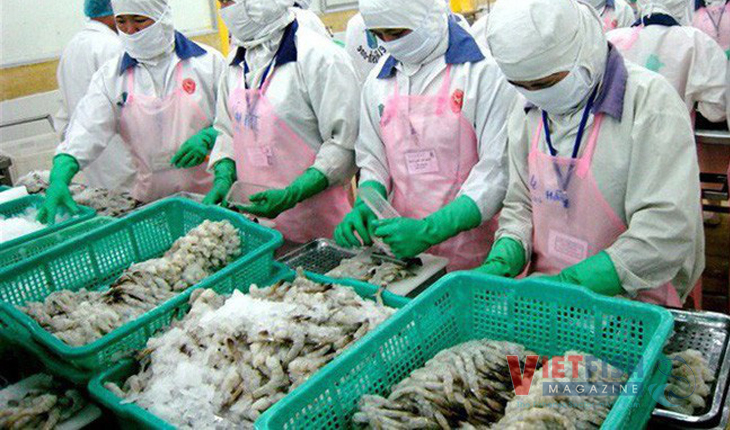
Additionally, high-tech shrimp farming has resulted in yields 15 times higher. Bac Lieu has established two biosecure shrimp farming zones, and five local organizations have achieved organic shrimp certification.
Beyond Bac Lieu, the seafood sector has flourished in various localities, driving export value to unprecedented levels in 2024.
Nguyen Hoai Nam, Deputy Secretary-General of the Vietnam Association of Seafood Exporters and Producers (VASEP), announced that seafood exports surpassed USD 10 billion in 2024. This milestone reflects the collective efforts of enterprises, farmers, and the strategic direction of the government and MARD.
Nam highlighted critical issues related to export and domestic supply chains. “Farmers and fishers form the backbone of the industry but face significant challenges. We propose establishing an auction market where fishers can secure optimal prices, and the government can track data. Additionally, regulations on fishing zones (coastal, inshore, offshore) and minimum harvest sizes, especially for species like skipjack and yellowfin tuna, need revision,” Nam suggested.
VASEP also urged the government and MARD to develop large-scale corporate models for offshore fishing. Collaborations with maritime nations could expand activities and create new incentives for fishers, ensuring a sustainable supply of raw materials.
For aquaculture farmers, VASEP recommended reviewing legal frameworks to allow them to mortgage assets and access bank loans. Issuing water-use certificates, akin to land-use rights, would enable farmers to secure financing from banks and funds.
Concerning seed quality, stricter controls are needed to eliminate substandard shrimp seeds. Pangasius seed production requires strategic planning and incentives for breeders. Provinces should prioritize allocating land and water resources for aquaculture, including areas no longer leased, instead of focusing solely on tourism and urban development.
“We also propose that the government, the Ministry of Finance, and the State Bank of Vietnam enhance export credit programs and extend financial packages for forestry and fisheries. These measures have been effective over the past two years following the April 13, 2023 conference with Prime Minister Pham Minh Chinh. Expanding agricultural insurance to share risks with farmers is also crucial, as evidenced by the recent typhoon,” Nam added.
Finally, VASEP emphasized accelerating technology adoption, digital transformation, and implementing regulations requiring industry stakeholders to address emissions control and carbon neutrality. These measures are essential for ensuring the seafood sector’s sustainable and stable development.
VFM



